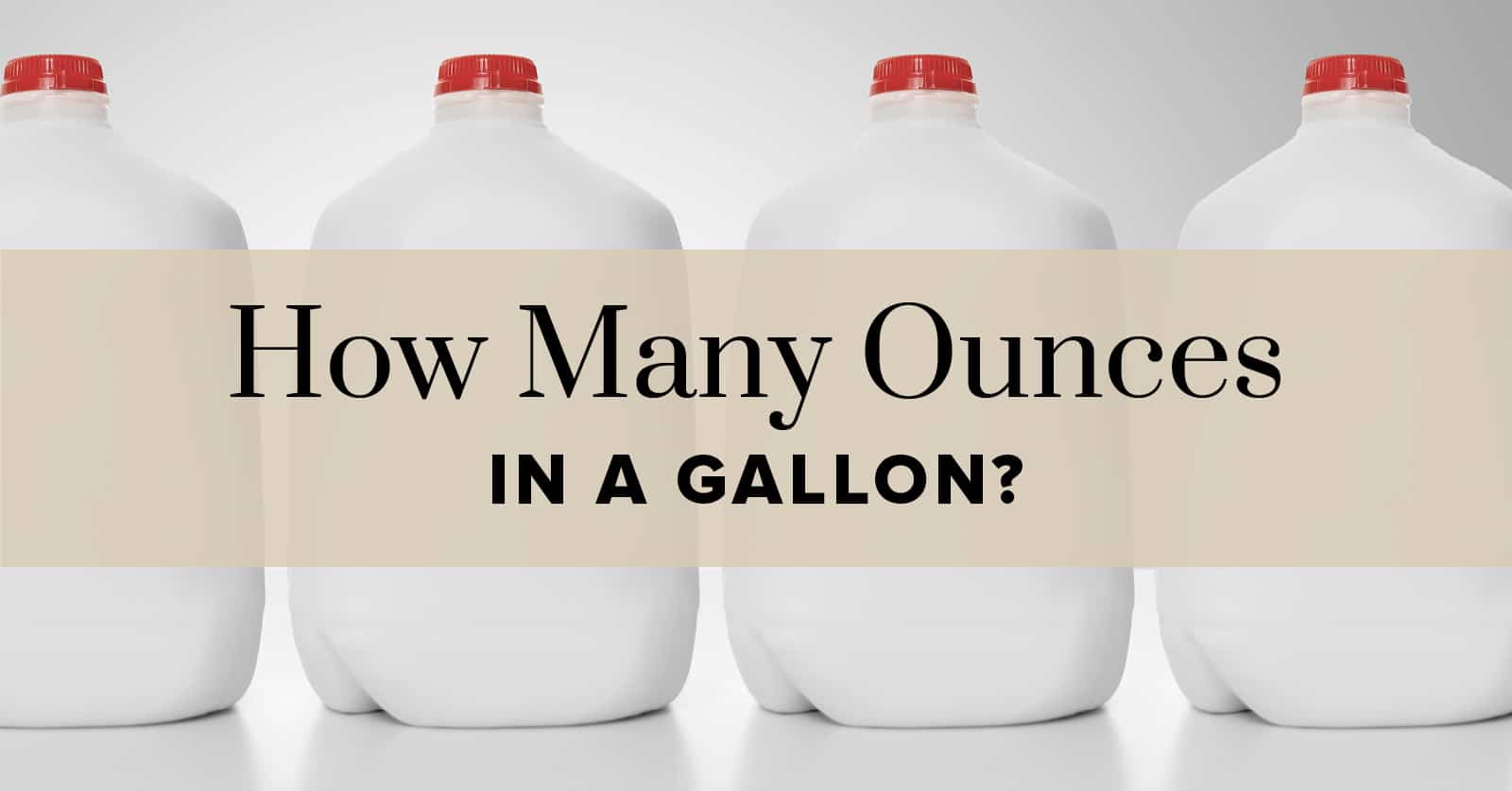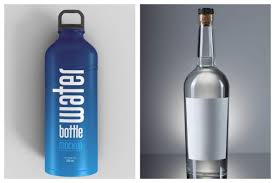How Many Ounces in a Half Gallon of Water?
Water helps you stay healthy and alert. Many people are still confused by measurements. This is the answer to the question, “How many ounces are in a half gallon of water?” You’ll find a brief response, precise conversions, useful examples, and simple advice on how to monitor your daily intake below
.
Fast Response: Because one US gallon is equivalent to 128 fluid ounces, a half gallon is equivalent to 64 fluid ounces. It is around 1.893 liters. 64 ounces is equivalent to roughly 3.79 × 16.9 ounces, 3.2 × 20 ounces, or 2 × 32 ounces if you use standard bottles.
The significance of this conversion (brief background)
Knowing the difference between ounces and gallons is helpful whether cooking, planning hydration, or storing water for travel. Additionally, this straightforward conversion makes it easier to select the appropriate bottle and set reasonable daily water goals.
The calculation, step-by-step (precise & clear)
Beginning with the US standard, 1 gallon is equivalent to 128 fluid ounces.
A half-gallon is equal to 128 ÷ 2 = 64 ounces.
If necessary, convert from ounces to liters liter is equal to 33.814 oz; therefore, 64 ÷ 33.814 is equal to 1.8927 liters, or roughly 1.893 L.
For a 16.9 oz bottle, an example calculation would be:
Increase 16.9 × 3 to get 50.7 oz.
64 − 50.7 = 13.3 oz left after subtraction.
0.787 is 13.3 ÷ 16.9.
64 ÷ 16.9 = 3.787 (or, in practice, 3.79 bottles).
How many bottles make up half a gallon, and common bottle sizes?
Eight ounces -> 64 ÷ 8 = 8 bottles
64 ÷ 12 ≈ 5.33 bottles of 12 ounces
3.79 bottles -> 16.9 oz (500 ml) bottle
3.2 bottles (20-ounce bottle) => 64 ÷ 20
64 ÷ 32 => 32 oz bottle = 2 bottles
Jug of 64 oz => 64 ÷ 64 equals 1 jug
Put these figures into practice. For instance, if you have a 20-oz sports bottle with you, you can use three full bottles plus a tiny sip to get half a gallon.
Should I aim for half a gallon each day? (Easy instructions)
Sixty-four ounces is a good starting point for many folks. But your requirements rely on
Body mass and gender.
Sportsmen require a higher level of activity.
Climate (hot areas make things more difficult).
Nutrition and medical conditions.
As a general rule, many people utilize half their body weight in ounces as a more individualized goal. Aim for about 80 ounces each day, for example, if you weigh 160 pounds.
Actionable and simple advice on how to hit 64 ounces
Bring along a 32-ounce bottle and fill it up twice. This reduces the mental tally by half.
A half-gallon bottle with time marks (“8 AM—10 AM—12 PM …”) should be used.
Set a phone reminder to drink a sip every 60 to 90 minutes.
Add natural flavors (lemon, cucumber, and mint) to increase the amount of sugar-free beverages.
For extra hydration, eat foods high in water, such as cucumbers and melons.
Who ought to exercise caution? (Note on safety)
While staying hydrated is beneficial, some people may be at risk for overhydration, particularly those who are on certain drugs or have kidney disease. Therefore, if you want to significantly alter your fluid intake or if you have any health conditions, speak with a healthcare provider.
The best bottles to track (fast product recommendations)
For commuters: cup holders fit a 16.9–20 oz thin bottle.
Refills are decreased for gym patrons using 32–64 oz insulated bottles.
Eco-friendly reusable jugs made of stainless steel or devoid of BPA.
(Insert links to your affiliate products here with rel=”nofollow sponsored”; for example, “Buy a 64 oz insulated jug” at the conclusion and in the middle of the article.)
FAQs (brief, AEO-friendly responses)
Q: How many ounces does a half-gallon contain?
64 fluid ounces is A.
Q: How many bottles of 16.9 ounces make up a half gallon?
A—About 3.79 bottles (round to 4 or actually 3.8).
Q—What is half a gallon in terms of liters?
An estimated 1.893 liters.
Q—Is a half-gallon sufficient for hydration each day?
A – For many people, it’s a good baseline. Adapt for increased body weight, intense exertion, or heat.
Final thoughts (brief closing)
Again, 64 ounces is equal to 1.893 liters, or half a gallon. Avoid uncertainty, choose the appropriate bottle, and reach your hydration objectives by using this converter. You will easily reach half a gallon if you start small and carry a refilling jug.
